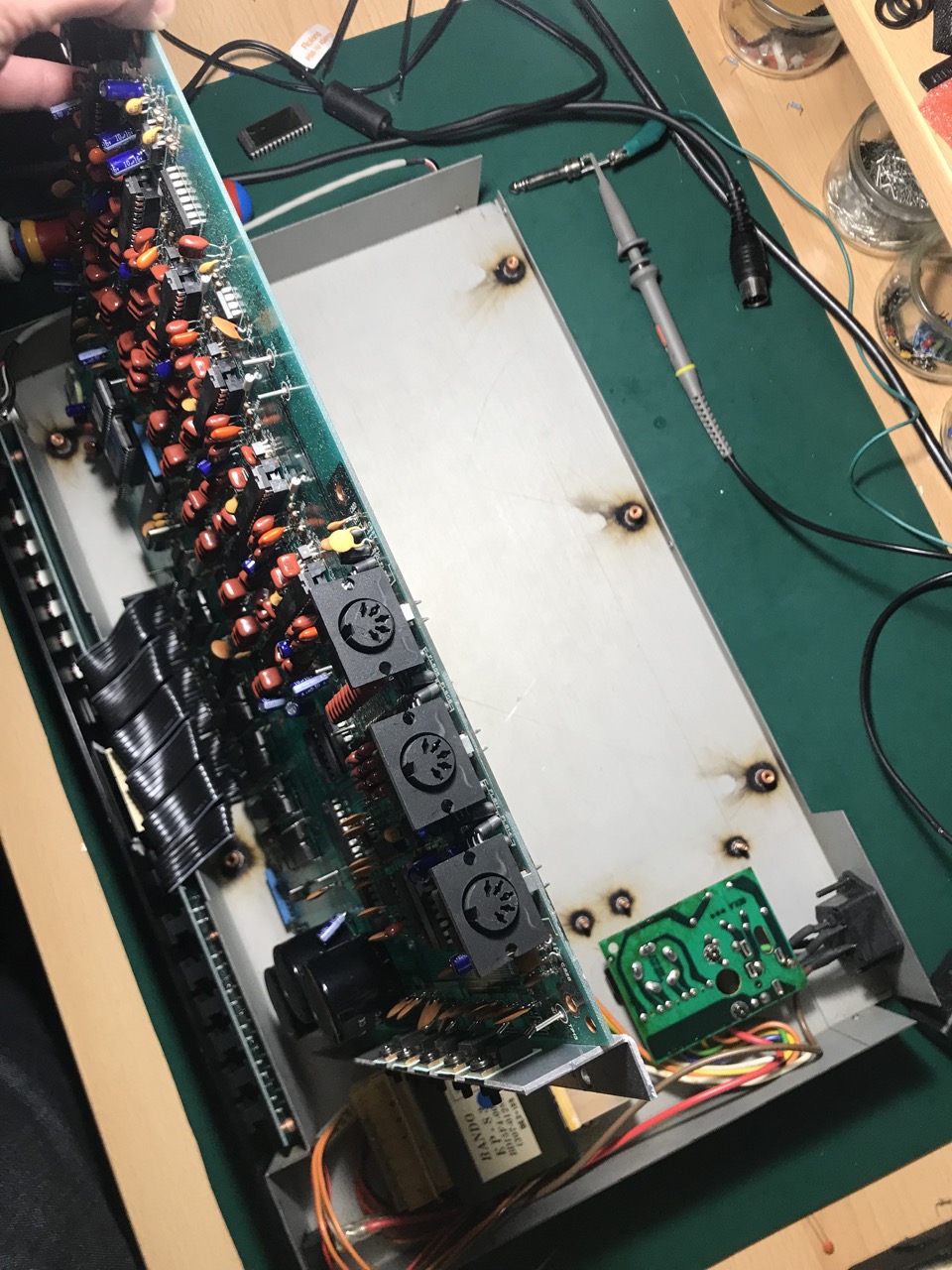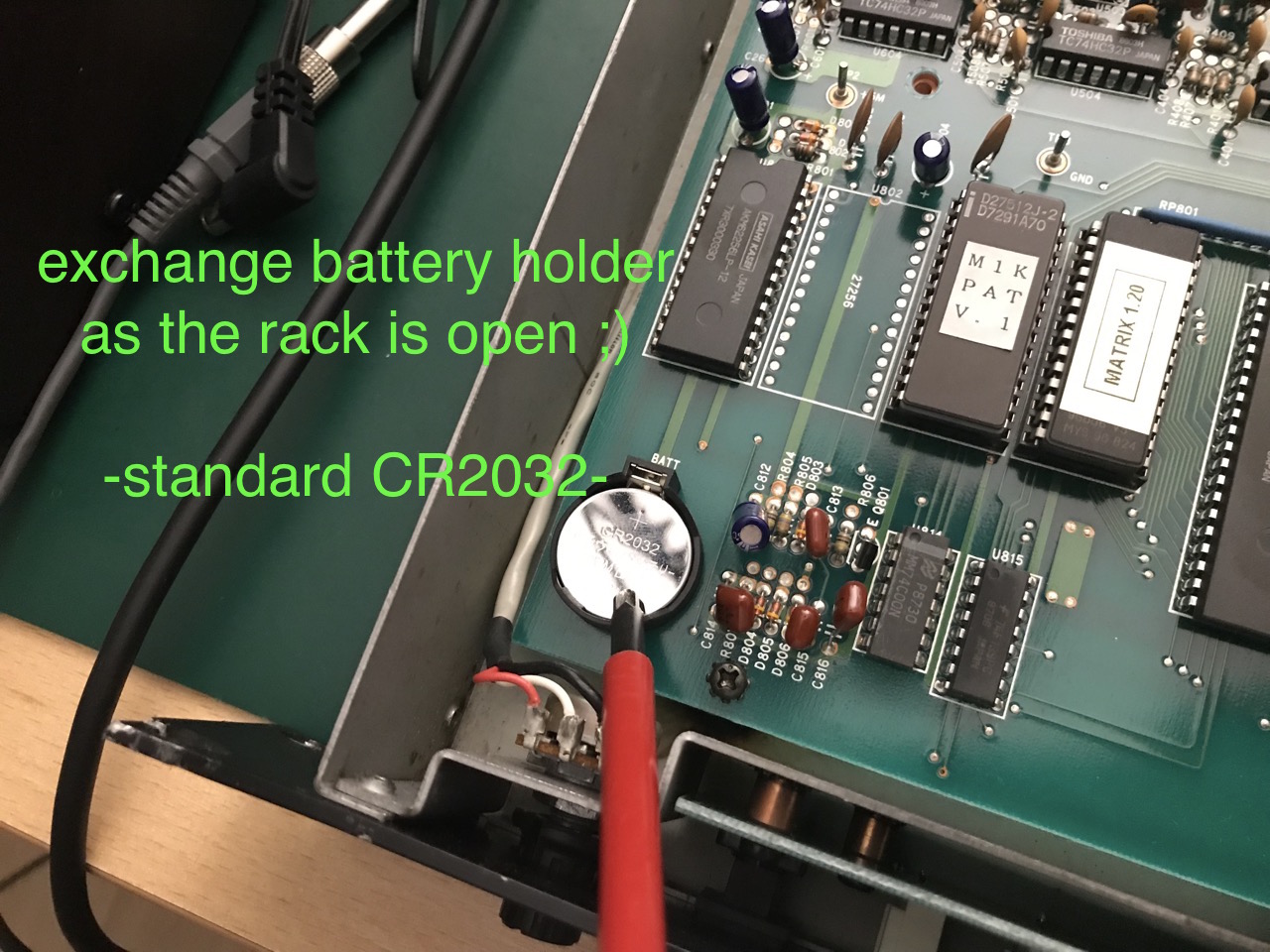Nearly 3 years ago, I started to develop the Matrix Ctrlr.
I would like to thank a lot the early customers of this device for their confidence. This was a very challenging project ! Involved in the Do-It-Yourself community since 10 years by assembling and modifying others designers products, this time, I was designing my own product, mostly from scratch, using open sources solutions (software, codes, platforms).
Producing a circuit and even a complete kit for a device isn’t that easy. You have to deal with technical, dealers, budget, sales, distribution and support sides. But passionated peoples have given me the strength to do it !
Notice that Alpes Machines is an activity run by a single man besides a full time job 35hr/week (sound engineer for Radio France) with modulated working hours (weekend, holidays) ! So it is a bit complicated to combine a regular work, a passion, a self enterprise activity and, if possible, some personal life.
At the beginning of the year, the north american company Xvive resurrected the BBD MN3009 & MN3007. This chipset is in every best chorus ever produced : the Roland choruses ! It was the opportunity to run new products : the JuCe and the One-O-Six, both analogue stereo chorus based on BBD technology.
I’ve decided to choose these chipsets for their low noise in comparison to the modern BBD distributed by Cool Audio. I had already modified circuit boards produced by Roland & Boss, and it was time to design my owns.
Documentation and website are going slowly on this new products but I must confess this is not my cup of tea, particularly after spending hours in circuit design on Kicad and IRL prototypes tests.
I’ve started to distribute the first board of the One-O-Six as a kit last week and I would like to thank the early customers who will be the beta testers in some way, not of the circuit as it is perfectly working, but as builders !
We hope this will growth the interest in the One-O-Six Chorus so I could design an industrial board with SMD components and thus open this device to more musicians and engineers at an interesting price to produce subtile sound and music 🙂
I’ve been reflecting to the best method for this, and a participatory financing could be the solution. What do you think about ? You can express your opinion in the comments.
Cheers
PS: notice the forum is back ! it will be more secured against spam this time
Julien V.











